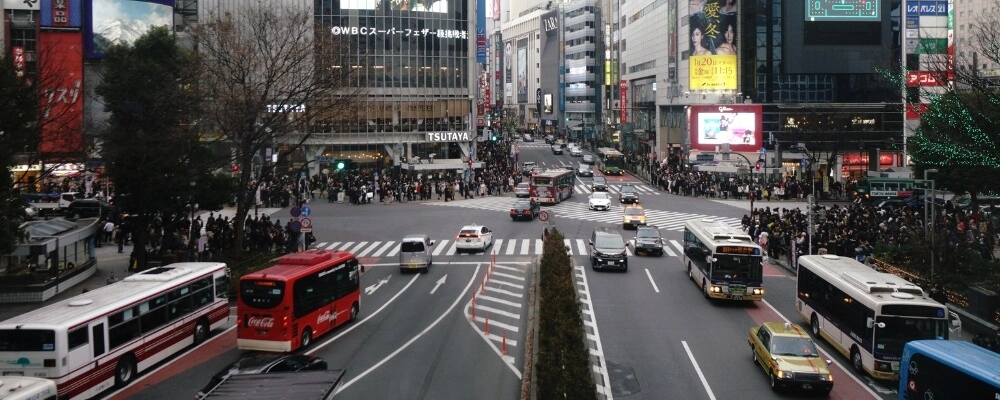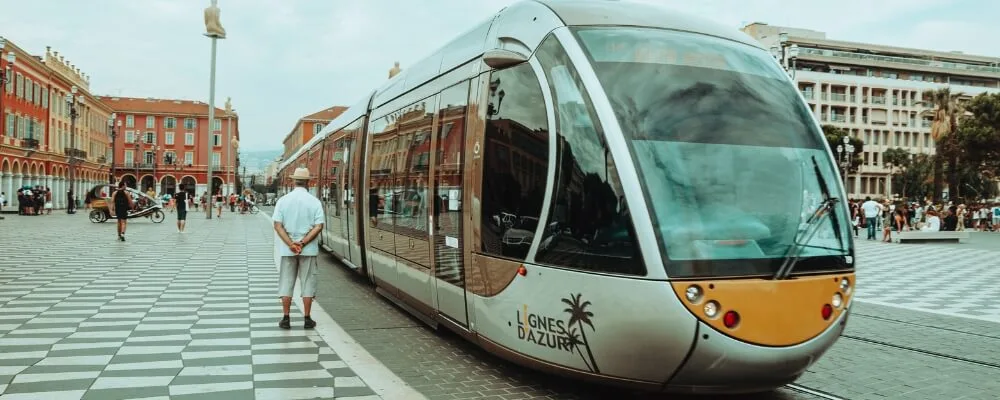Navigating the hustle and bustle of public transportation is a daily ritual for millions across the globe. Whether you’re hopping on the subway to work, catching a bus to school, or using a tram to explore a new city, the convenience and efficiency of public transit are undeniable. Yet, like any aspect of urban life, using public transportation comes with challenges—safety being paramount among them.
From protecting your belongings against nimble-fingered pickpockets to ensuring you wait and travel safely, there are essential safety tips that every commuter should know. This guide delves into 12 crucial public transportation safety tips to empower you with the knowledge you need for safer, more confident commuting. Buckle up and get ready to travel smart!
Public Transportation Safety Tips
As we all work together to flatten the curve and stay safe, here are 12 public transportation safety tips that everyone should keep in mind:
1. Stay Alert
Being alert is one of the primary ways to ensure your safety on public transportation. This means actively observing and being aware of the people and activities around you. When you’re engrossed in a book, deep in your smartphone, or taking a nap, you become an easier target for potential thieves or other unsavory characters.
It’s especially crucial to remain attentive in isolated areas or during late hours when fewer witnesses are around, and the chances of being approached or bothered can increase.
2. Keep Personal Items Close
Public transportation can sometimes be a hotspot for petty thefts. Keeping your belongings close reduces the chances of them being snatched or pickpocketed. Bags with secure zippers and clasps are preferable, as open bags tempt thieves.
Storing your bag on your lap or between your feet ensures it remains within your personal space and out of the easy reach of others. Also, displaying expensive items, like jewelry or electronics, can make you a more attractive target, so keeping them out of sight when not in use is best.
3. Know Your Route and Stops
Familiarity with your route is a significant advantage. It prevents you from appearing lost, which can sometimes attract unwanted attention. Knowing your stops and schedules allows you to navigate the transit system and remain oriented confidently.
This is particularly vital if you’re in a new city or area. Staying informed prevents unnecessary wandering in potentially unsafe areas and ensures that you’re always moving with purpose.
4. Stay Visible
Darkness can cloak many unsavory activities, making it easier for incidents to occur. Standing in a well-illuminated area is essential if you’re waiting for a ride at night. Not only does this ensure that the driver or operator sees you, preventing mishaps like getting left behind, but it also acts as a deterrent for potential wrongdoers lurking in the shadows.

5. Avoid the Door
The proximity to the door on a train or bus might seem convenient, especially if you’re looking for a quick exit. However, this position can make you vulnerable to snatch-and-grab thefts. Thieves prefer spots that allow them a quick escape route after stealing, and being seated or standing near the door provides them with this opportunity. Sitting further inside the vehicle creates an additional barrier between potential thieves and their escape route.
6. Beware of Crowds
Crowded public transport comes with its own set of challenges. Close quarters can be uncomfortable, but they provide an ideal operating environment for pickpockets. In tight spaces, it’s harder to differentiate between accidental brushes and deliberate touches aimed at reaching into your pockets or bag.
Therefore, during rush hours or in packed vehicles, it’s essential to be extra vigilant, ensuring that your belongings are close and in positions that are hard to access without your noticing.
7. Wait Safely
How you wait for public transportation can significantly influence your safety. Designated waiting areas, such as shelters or platforms, are designed to keep commuters safe and protected from potential harm, whether traffic or other hazards.
Standing too close to the edge of platforms or streets risks accidents from passing vehicles or incoming trains. It can make you an easy target for malicious individuals who might push or intimidate you. By waiting in the correct areas, you ensure your safety until your ride arrives.
8. Inform Someone
Traveling alone presents its own set of risks. If something happens, having someone aware of your whereabouts can be invaluable. By informing a friend or family member of your route and expected arrival time, you create a safety net for yourself. If you don’t arrive within a reasonable timeframe or can’t be reached, the person you informed can raise an alarm, potentially getting you the help you might need.
9. Emergency Exits
Public transportation vehicles are equipped with safety measures to address emergencies, and one of the primary features is emergency exits. Whether it’s a sudden requirement for evacuation or an unforeseen incident, knowing where these exits are can be the difference between staying safe and finding yourself in a difficult situation.
Familiarizing yourself with these exits and the associated emergency procedures ensures you’re prepared for unexpected scenarios.

10. Stay Sober
Intoxication significantly impairs judgment, response time, and general awareness. When using public transportation under the influence, you’re putting yourself at risk and potentially endangering others.
Your diminished capacity to assess situations or respond to threats can make you a prime target for theft or other malicious actions. If you’re not in a state to travel safely, it’s advisable to opt for another mode of transportation, like a taxi or a ride from a sober friend.
11. Listen to Announcements
Public transportation systems regularly relay information via announcements. These can range from schedule changes to safety warnings. Attention to these messages ensures you’re always updated about potential changes or risks. For instance, if there’s a delay or a problem with the line you’re on, listening to announcements will guide you on the best course of action, ensuring your safety and timely arrival.
12. Trust Your Instincts
Our instincts, honed over millennia, are designed to protect us from potential threats. Listening to that inner voice is essential if you ever feel uneasy about a situation, person, or particular stop. This might lead you to make decisions like shifting to a different seat, waiting for the next vehicle, or even reaching out to authorities. Prioritizing your safety based on these gut feelings can help you avoid potentially harmful situations.
Conclusion
Public transportation is the lifeblood of many cities, providing an efficient means for residents and visitors to move about and experience what urban life offers. However, as with any communal space, there’s a need for caution and awareness to ensure our journeys are not just efficient but safe, too.
By adopting the 12 public transportation safety tips outlined in this guide, you’re securing your personal well-being and contributing to a safer transit environment for all. Remember, safety isn’t just about avoiding harm—it’s about cultivating habits that make every journey, whether long or short, a seamless experience. So, the next time you step onto a bus, train, or tram, remember these tips and confidently embrace the journey.


